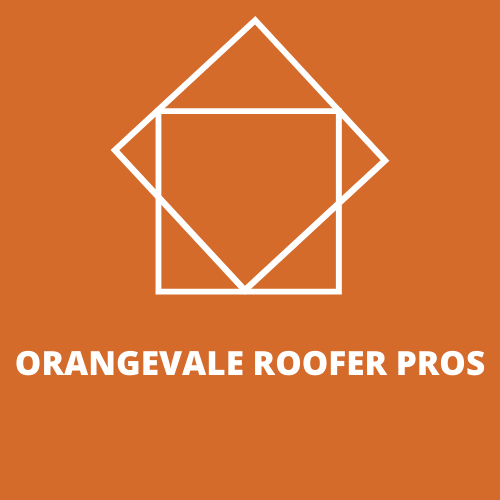Optimal Commercial Roof Styles for Hot Climates with Orangevale Roofer Pros
Introduction

Commercial buildings in hot climates face unique challenges when it comes to roofing systems. The intense heat, prolonged sun exposure, and high temperatures can take a toll on the roof's performance and energy efficiency. Choosing the right roof style is essential for providing adequate protection, reducing energy costs, and ensuring the longevity of the commercial building. In this blog post, Orangevale Roofer Pros, your trusted commercial roofing experts in Orangevale, CA, will explore the optimal roof styles for hot climates.
1. Flat Roofs with Reflective Coatings:
Flat roofs with reflective coatings are an excellent choice for hot climates. These coatings, typically made of white or light-colored materials, reflect the sun's rays, reducing the amount of heat absorbed by the roof. By minimizing heat absorption, the interior temperature of the building can be significantly reduced, leading to energy savings and improved comfort. Additionally, flat roofs in Orangevale, CA allow for easy installation of rooftop HVAC units, making them a popular choice for commercial buildings.
Understanding the different types of roofing materials for your new construction
2. Metal Roofs:
Metal roofs are highly durable and have excellent heat resistance properties, making them suitable for hot climates. They reflect sunlight and quickly dissipate heat, preventing the roof from absorbing excessive amounts of heat. Metal roofs also have a long lifespan, require minimal maintenance, and are resistant to fire, rot, and insect damage. Additionally, they can be coated with reflective finishes to enhance their energy efficiency further.
3. Cool Roofs:
Cool roofs are designed to reflect more sunlight and absorb less heat than traditional roofs. They are typically made of materials with high solar reflectance and thermal emittance properties. Cool roofs can be made of various materials, such as single-ply membranes, modified bitumen, or asphalt shingles with reflective coatings. They reduce the roof's surface temperature, minimize heat transfer to the building, and decrease the cooling load on the HVAC system.
4. Green Roofs:
Green roofs are becoming increasingly popular in hot climates due to their excellent insulation properties. They consist of a layer of vegetation and soil on top of a waterproof membrane. The plants and soil act as natural insulators, reducing heat transfer to the building. Green roofs also absorb and retain rainwater, reducing stormwater runoff and providing additional cooling effects through evapotranspiration. They contribute to improved energy efficiency, air quality, and aesthetic appeal.
5. Solar Roofs:
Solar roofs harness the power of the sun to generate clean and renewable energy. They consist of solar panels integrated into the roof system. In hot climates with ample sunlight, solar roofs can help offset energy costs and reduce reliance on the grid. By converting sunlight into electricity, solar roofs also prevent the absorption of heat by the roof surface, thus minimizing heat transfer to the building.
Conclusion:
Selecting the optimal roof style is crucial for commercial buildings in hot climates to ensure protection, energy efficiency, and longevity. Orangevale Roofer Pros is your trusted partner for commercial roofing services in Orangevale. Contact us at 916-619-3035 to schedule a consultation or discuss your commercial roofing needs. Trust our roofing professionals to guide you in choosing the best roof style that suits your specific requirements and ensures optimal performance in hot climates.

